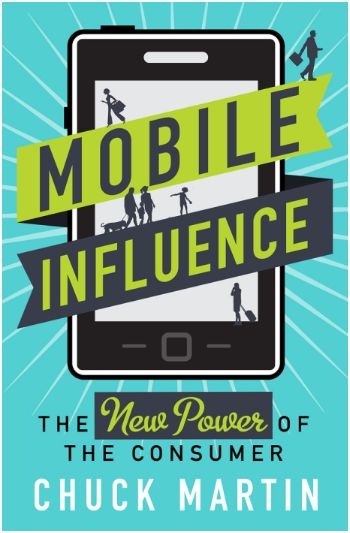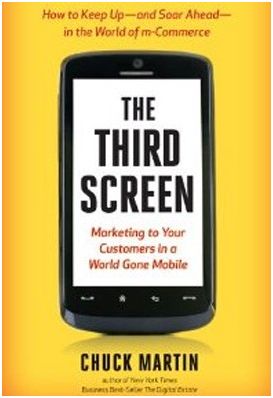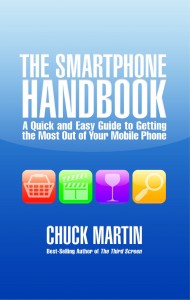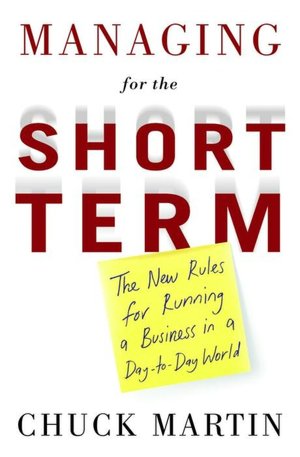By Chuck Martin
Many retailers are in the driver’s seat for mobile commerce, but some of them may not yet realize it.
Mobile shoppers are actively using retailers’ websites to research and increasingly buy. The bad news for retailer is that many of their stores are still being used for showrooming, much to Amazon’s benefit.
In its second monthly report on mobile retail activity, m-commerce platform provider Branding Brand looked at the state of mobile retail activity compared to a year ago.
The large-scale research is based on 79 million Web visits, 526 million page views and 1.4 million orders totaling $203 million.
Mobile visits accounted for 33% of all Web visits to the 18 retailers’ sites monitored with mobile orders responsible for 17% of sales, up from 11% a year earlier.
Interestingly, while smartphone visits were almost double those of tablets, orders via tablet were roughly double those from smartphones. This is consistent with other research we’ve seen that points to more final purchase executions occurring on tablets.
Apple dominates Android in the visits and sales categories, with iOS accounting for 72% of smartphone visits and 80% of sales. The client list of Branding Brand includes Brookstone, Dick’s Sporting Goods, Ace Hardware, American /Eagle Outfitters, Steve Madden and Calvin Klein, so this is not about small retailers.
This doesn’t necessarily mean that mobile shoppers are becoming content with mobile purchasing from retailers.
On the contrary, showrooming appears to be alive and well, with 4 out of 10 Americans saying they have visited a physical store to check a product before buying it elsewhere online, according to a new Harris poll of more than 2,000 U.S. adults.
Two of the insights in the research point to potential problems at retail:.
- A majority (57%) of showroomers will be more likely to buy in a physical store that has permanent price matching policies to compete with online retailers.
- A majority (59%) of smartphone-armed showroomers prefer looking up product information on their phone to asking salespeople for help.
The irony here is that some of the large retailers like Best Buy and Target have price matching policies in place and will match some online sellers like Amazon, though a shopper has to be aware of it and many aren’t.
The other twist is that retailers have salespeople on the floor who, at least in the eyes of the smartphone shopper, aren’t as equipped with as much knowledge as that shopper can find through the mobile device.
The future of mobile at retail may hinge of educating mobile shoppers about price matching policies and better training sales associates to assist in-aisle.
The Branding Brand study shows that consumers will use mobile for online interactions with retailers while the Harris poll indicates that some retailers have some work to do to satisfy mobile shoppers in the stores.
Rather than more technological innovation being required to advance mobile commerce, maybe the focus should be tied to improving physical aspects of the shopping experience.
Chuck Martin is Editor of the mCommerce Daily at MediaPost and writes the daily MobileShopTalk column. He is the author of “Mobile Influence,” “The Third Screen,” and “The Smartphone Handbook.” He is CEO of Mobile Future Institute. Chuck Martin is a frequent Mobile Keynote Speaker and Mobile Marketing Speaker around the world.










